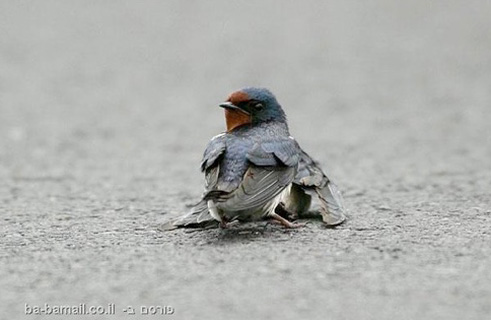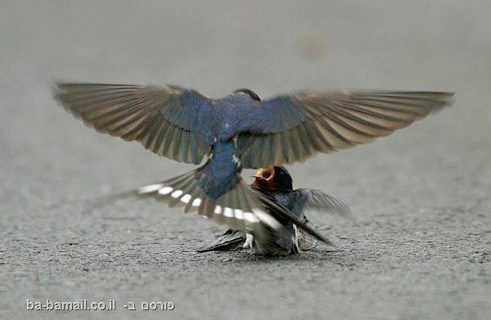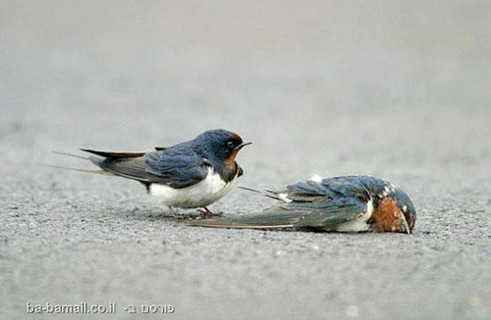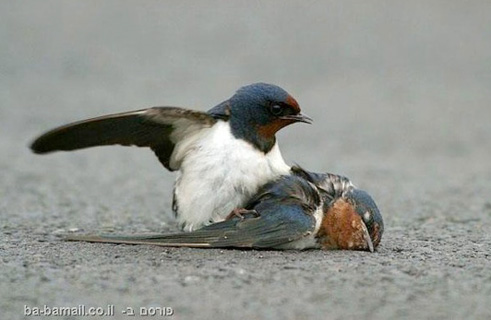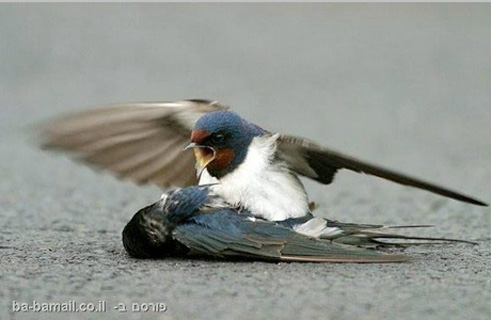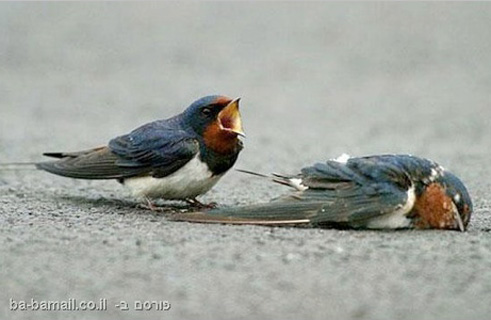Deep Time on Diet
|
Dear Friends,  
Last week we entered into Deep Time and traveled through four billion years of evolution and arrived at the Quaternary Period—the Age of Man. This we divided into the Epochs, the Pleistocene—the Age of Paleolithic Man and the Holocene—the Age of Neolithic Man. Paleolithic is a prehistoric time distinguished by the development of the most primitive stone tools. It extends from the earliest known use of tools, 2.6 million years ago to the end of the Pleistocene (10,000 BCE). During the Paleolithic Epoch humans grouped together in small societies such as bands and subsisted by gathering plants and hunting or scavenging wild animals. This is called the Old Stone Age. Dogs appear to be the oldest domesticated species. They may have been domesticated by the late Paleolithic age, around 20,000 years ago. Camels appear to have been domesticated by about 9000 BCE. Horse, sheep and goats joined them around 7000 BCE. Domestication of plants occurred later—termed by historians as cultivation. Cultivation is a process by which humans plant seeds, care for the seedlings, harvest the mature plants, and store some seeds for future planting. Humans changed the balance of nature by first identifying plants that were good to eat and then establishing seeds from those plants under favorable growing conditions. The first type of cultivation was probably horticulture. Horticulture is the care and tending of gardens. Small plots yielding a variety of plant products for the use of a clan or community. Horticulture was a highly successful strategy for feeding a clan. A second kind of cultivation is called agriculture. Horticulturalists established small gardens supporting a variety of useful plants, where as agriculture involves converting large stretches of territory to a single plant. Evidence of agriculture, as apposed to horticulture does not appear in the archeological record until about 4500 BCE. Agriculture as apposed to horticulture made rapid inroads in five areas worldwide. These five areas are sometime called the cultural hearths, for their roles in helping establish both culture and civilization in their region of the world. Each area developed a particular group of food and fiber plants for cultivation in fields, and these plants remain the core of the modern world’s diet today. These areas are Egypt, Mesopotamia, India, China, and Mesoamerica. This was the beginning of the Neolithic Age- the so-called Neolithic Revolution. Civilization began. Next week we will continue the evolutionary food path to modern times, looking at the consequences for our health. Sincerely yours, Seann Bardell Clinical Note: Our two newest products coming out this month will bring plant minerals from deep in our evolutionary past, and seeds and grains whose origins began with the Neolithic revolution. We are still working on finishing the labels, and hopefully we can show you in the next couple of weeks why we are so excited. Here they are: Plant Trace Minerals—These aren’t just any old minerals, these are really old minerals, over 80 of them, coming from plant deposits from deep time’s Mesozoic Era—a time when Dinosaurs roamed in their prime and the earth’s flora was composed of lush green forests and wholesome, succulent, wild fruits and vegetables and the fertile soil was rich and deep. These rare deposits of Mesozoic plant strata are found at various locations around the world. Much more on this next week. Energy Sustain Complex—a global blend of indigenous organic seeds and grains. Organically grown and processed with advanced technology that maintains the wholeness of foods while utilizing the exact science of molecular concentration for therapeutic purposes. Here’s a brief glimpse of the contents for you: Organic Millet- may be the old dating back to 8300 BCE in Korea and China; Organic Amaranth- was domesticated in Mexico as early as 7000 BCE; Organic Buckwheat- began in Southeast Asia around 6000 BCE; Organic Quinoa- cultivated in South America at least 3,000 BCE and Organic Chia- grown in the Southwestern US and Mexico around 7000 BCE. Think of this important concept: our body has pathway built in its genetic code to be turned on by these historical foods and nutrients. The Last Quiz Answer: Bet you thought it was a couple of skunks. Sorry, they are two European badger (Meles meles). European badgers are social burrowing animals that lives on a wide variety of plant and animal food. It is very fussy over the cleanliness of its burrow, and defecates in latrines. Cases are known of European badgers burying their dead family members. Although ferocious when provoked, the European badger is generally a peaceful animal, having been known to share its burrows with other species such as rabbits, red foxes and raccoons.
|


